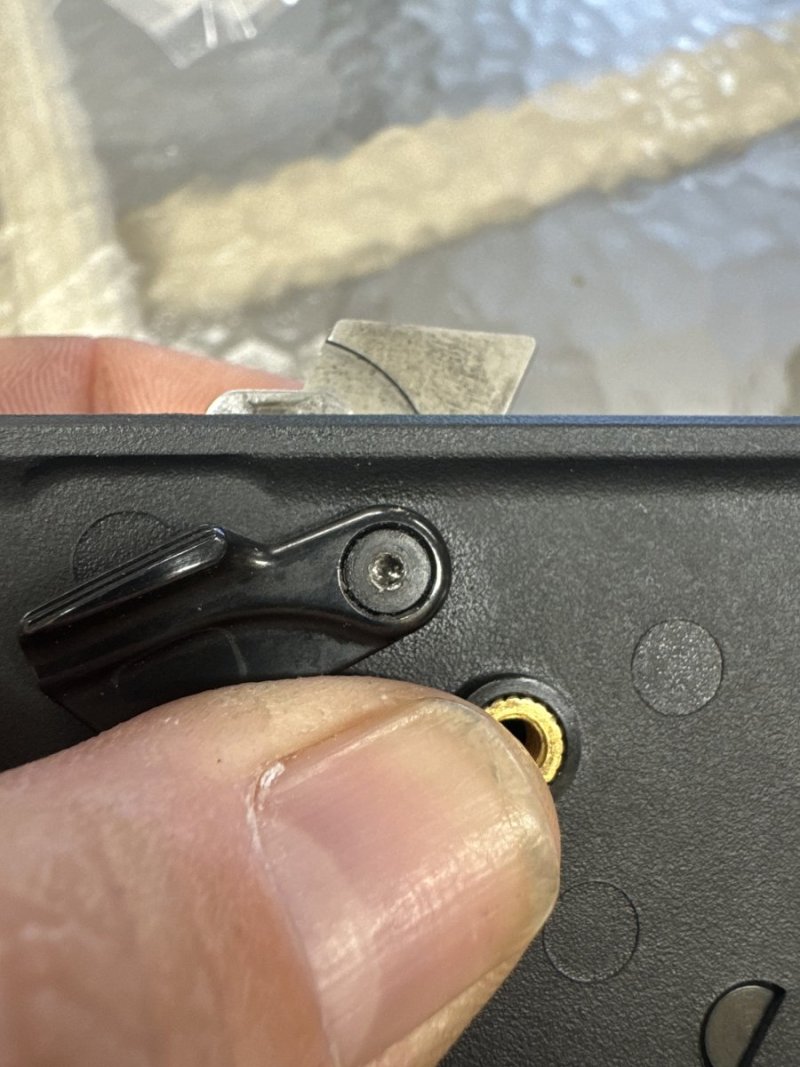As the title states, I need some advice on how to properly polish metal parts. I'm reatively new to polishing and could use some guidance on the process from start to finish. There are some really talented guys on here that have put out some excellent work and I'd love some step by step instruction. I also understand that a lot of guys may do things differently and I welcome any and all input.
I've been working on polishing the trigger, hammer, thumb safety, grip safety, slide release, mag release, barrel, and barrel bushing on my 1911. I can get it to a nice shine but not to the high polished mirror look. Any advice on process and tools used?
I've been working on polishing the trigger, hammer, thumb safety, grip safety, slide release, mag release, barrel, and barrel bushing on my 1911. I can get it to a nice shine but not to the high polished mirror look. Any advice on process and tools used?





